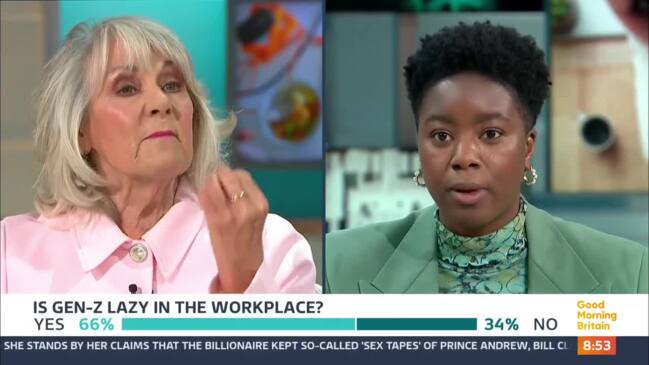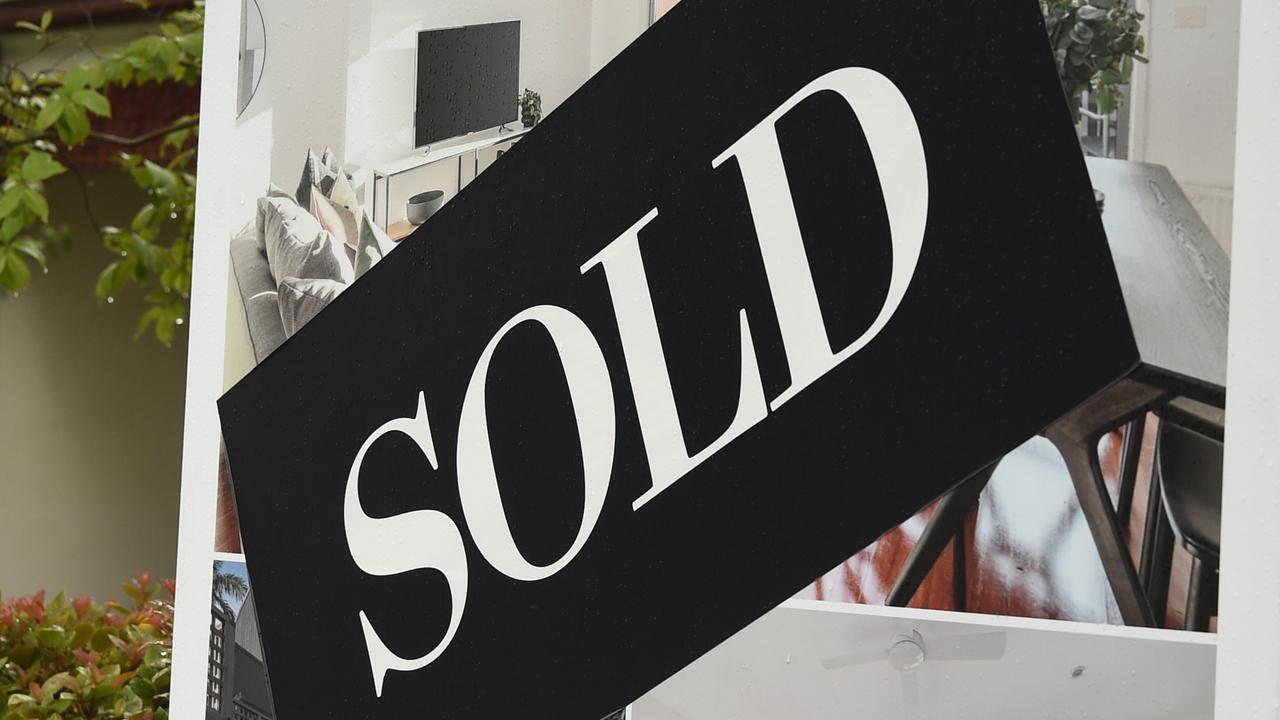Baby Boomer ‘fact’ everyone gets wrong
They’re known as the demographic will all of the wealth and they’re driving up inflation for everyone else – but that’s only half the story.

Economy
Don't miss out on the headlines from Economy. Followed categories will be added to My News.
Over the past 12 months there has been a great deal of coverage of how older demographics – aka Baby Boomers – are the last remaining driver of per capita consumer spending and disproportionately contributing to inflation.
In aggregate this is absolutely true. But it’s also only part of the story.
According to the latest data from the Commonwealth Bank, monthly per capita spending is growing fastest among customers aged 65 and over, while for those under the age of 40, spending is declining.
But not everyone in older demographics is affluent or even owns their own home. The battle of the Australian generations can at times be oversimplified and miss the nuance that exists, even within the cohort of the wealthiest generation in Australian history in aggregate.
Concrete insight
It’s here that data from the Department of Social Services can provide a degree of clarity on the true make up of the finances and circumstances of the nation’s older demographics. Of the roughly 3.94 million Australian’s at or over pension age (67 years), a little under two thirds (2.585 million) are current recipients of an age pension.
Of this number 1.78 million (68.6 per cent of recipients and 45.0 per cent of Australians 67 and over) get the full rate of the aged pension. To qualify for a full aged pension, a single person must earn under $204 per fortnight or $360 per fortnight jointly for couples, as determined by Services Australia (previously known as Centrelink). There is also an assets test that must be met and the limits are as follows:
Based on the assets test, 346,630 recipients get a part pension and a further 454,855 have their aged pension reduced based on the income test.
At the other end of the spectrum, there are over 785,000 recipients (30.4 per cent of recipients and 19.9 per cent of Australians 67 and over) whose total assets outside of the family home, either as a partnership or as an individual total between $0 and $50,000.
The key to a secure retirement
When the ability of a household to have a secure and comfortable retirement is assessed, often one of the key underlying elements is outright home ownership. After all, with most retirees facing a large decrease in their household incomes as they call stumps on their working life, a mortgage or rent can present a significant challenge.
In decades past, retiring with mortgage debt was a relatively rare thing, with just 3.2 per cent of households over the age of 65 in 2001 having mortgage debt against their family home. Fast forward to the latest census data which took place in 2021, the proportion of over 65s with mortgage debt against their family home has tripled to 9.6 per cent.

It’s worth noting that this data is heavily skewed by the large proportion of this demographic who are not recent retirees and have long since paid off their mortgage, with recent retirees significantly more likely to still be paying down mortgage debt.
The proportion of over 65s renting has also risen, from 13.4 per cent in 2001 to 14.5 per cent in 2021.
Take a look forward at the next cohort of Australians to hit retirement age is equally concerning. According to data put together by Curtin University Economics Professor Rachel ViforJ based on ABS data, in 2002-2003, 23 per cent of homeowners aged 55 to 64 had mortgage debt. This metric rose to 47 per cent of homeowners in 2015-2016 and to 54 per cent as of the latest data, which covers up to 2019-2020.
The rise in the proportion of older working age Australians with mortgage debt appears set to continue to rise for the foreseeable future. Between years of anaemic real and nominal wages growth relative to past economic cycles and ever larger mortgages, the debt load Australians take into what is for most the final decade of their working lives, appears all but certain to grow.
The great divide
Despite perceptions of an egalitarian nation and of broadbased Boomer wealth, in reality things are more than a little bit different at the margins. As of the 2021 census, 18 per cent of Australians aged 70-74 did not own their own home.
While part of this is due to some in this demographic moving into assisted living facilities, the overwhelming majority of this 18 per cent are renters or live in public housing. It is this cohort of the Boomer demographic who are the polar opposite of the image of the affluent newly minted retirees splashing cash on a 4x4 and a caravan, and joining the Grey Nomads.
They may struggle with ageism if they attempt to re-enter the work force and living on a pension that struggles to cover the asking rent on most capital city units.
It’s easy to see entire age demographics as singular monolithic entities, defined at the average. But the reality is far more complex and to be frank, concerning. There are older demographics who are more affluent than previous newly retired generations could have scarcely dreamed of and at the other end there are those without a home or a large pool of assets, who struggle just as much as most Australians really doing it tough.
Originally published as Baby Boomer ‘fact’ everyone gets wrong



